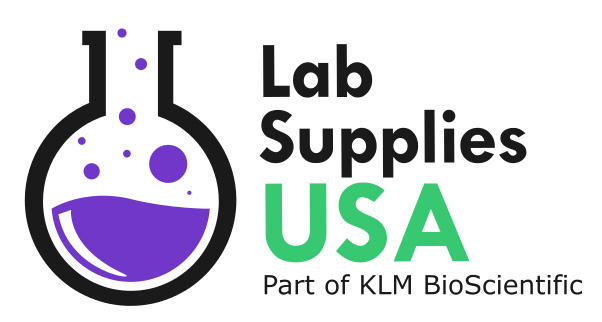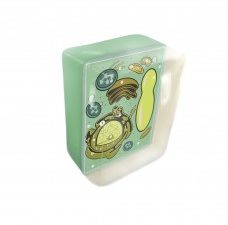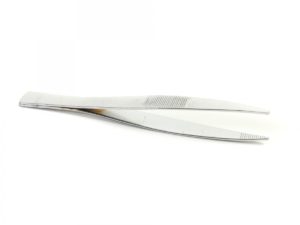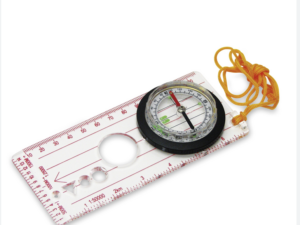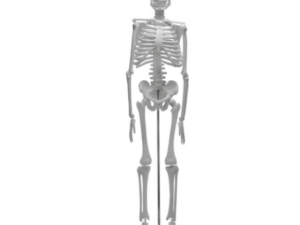Meiosis Poster
Original price was: $18.99.$11.00Current price is: $11.00.
This poster displays: Primary Oocyte-Tetrads Formed, Primary Oocyte-Dyads Separated, Primary Oocyte-Tetrads on Spindle, Primary Oocyte-First Polar Body Forming, Secondary Oocyte-Chromosomes Formed, Mature Egg, Pronucleus Stage, Zygote Ready for First Cleavage. The size is 25″ x 36″
4 in stock
Quote productDescription
You started out in life as a zygote that was formed from two cells. Asperm nucleus and an egg nucleus fused to form the zygote nucleus. Does that mean you have twice as many chromosomes in your cell nuclei as your parents? No! Each member of a species has the same ” species number.” The species number for humans is 46. Your zygote had only 46 chromosomes, meaning you received 23 chromosomes from each of your parents. How did this happen?
What we learn in mitosis is that when a cell divides, each new cell gets the same number and same kind of chromosome as found in the mother cell. However, sperm·forming or egg.forming cells start with 46 chromosomes, then divide and form gametes with only 23. Obviously, a different kind of division takes place; it is called meiosis. With meiosis in humans, the diploid (2N) number46 is reduced to the monoploid (1 N) number 23.
In this study we use Ascaris, a parasitic worm, to study meiosis because the chromosomes are fairly large and easily seen. Since the diploid (2N) number is 4, counting is simplified. Diploid (2N) implies that there are two similar “sets.” While a human has 23 pairs, an Ascaris has 2 pairs of homologous chromosomes. The homologous chromosomes of a pair have similar genes. In diploid organisms (most plants and animals), each member of a pairof homologous chromosomes is inherited from a different parent.
Each slide is a photograph of very thin slices of Ascaris oocytes. The slices you see have been selected to illustrate most clearly the important processes at the different steps. However, most slices will not show all parts that can be found in a whole cell. Let’s see how a diploid {2N} oocyte, or egg, with four chromosomes, ends upas an egg with the monoploid (1 N) number two.
About the background photo: Four·cell embryo. Computer artwork of an embryo about 40 hours after fertilization. The fertilized egg, known as a zygote, has undergone two mitotic divisions to form four cells. The cells are known as blastomeres and will continue to divide, before implanting in the wall of the uterus (womb), where the embryo will continue to develop into a fetus.
THIS ITEM WILL BE DISCONTINUED
You may also like…
-
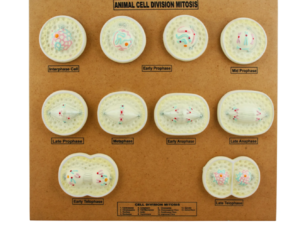
Animal Cell Mitosis Model
$189.00 Add to cart Quote product -
Sale!
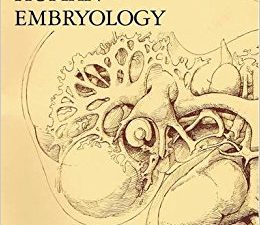
Pictorial Human Embryology, Paperback – Stephen Gilbert
Original price was: $15.00.$6.95Current price is: $6.95. Add to cart Quote product -
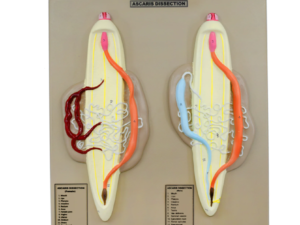
Ascaris Model, Male & Female – Enlarged, Dissection with Hand Painted Details – Mounted on Base, 14″ x 13″
$139.95 Add to cart Quote product -
Sale!
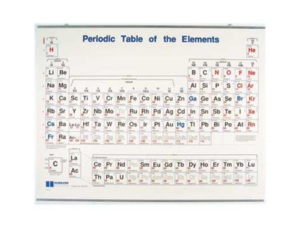
Periodic Table Of The Elements Wall Poster (49-1/2 x 38 inches)
Original price was: $129.95.$29.00Current price is: $29.00. Read more Quote product -
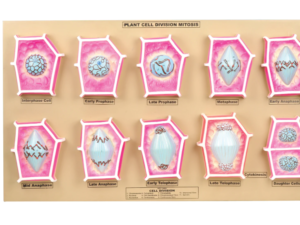
Plant Mitosis Model – Eisco Labs
$279.00 Add to cart Quote product -
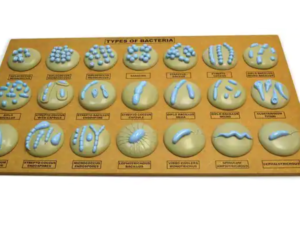
Types of Bacteria Model – 21 different Models Mounted on Board
$249.00 Add to cart Quote product -
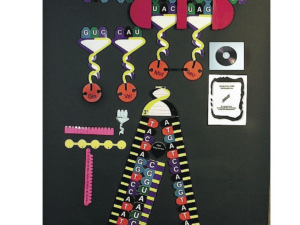
PROTEIN SYNTHESIS MANIPULATIVES KIT
$410.00 Add to cart Quote product -
Sale!
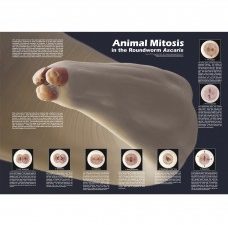
Animal Mitosis Poster
Original price was: $18.99.$12.99Current price is: $12.99. Add to cart Quote product
